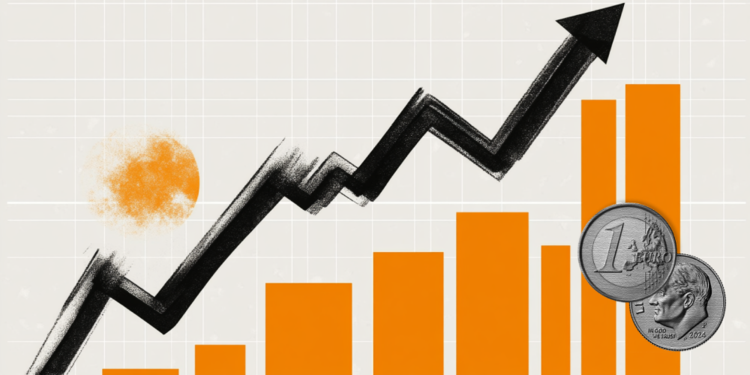- GBP/JPY regains positive traction on Thursday, finding support from a combination of factors.
- A positive risk tone, coupled with uncertainty over BoJ rate hikes, weaken the safe-haven JPY.
- The diminishing likelihood of a BoE rate cut in September is a boon for the GBP and acts as a tailwind.
The GBP/JPY pair attracts some buying in the 189.65-189.60 region on Thursday and climbs to the daily peak during the early part of the European session. Spot prices are currently trading just below the mid-190.00 zone and remain confined in a familiar range held over the past week, below the very important 200-day simple moving average (SMA).
The British Pound (GBP) continues to draw support from the diminishing odds of another interest rate cut by the Bank of England (BoE) following last week’s UK inflation and labour market data. This, coupled with the positive UK GDP release, points to a resilient economy and fuels speculation that the BoE could keep rates unchanged at the September meeting. Moreover, a generally positive risk tone is weakening the safe-haven Japanese Yen (JPY) and acting as a tailwind for the GBP/JPY cross.
The JPY is further pressured by domestic political uncertainty led by Japanese Prime Minister Fumio Kishida’s decision to step down, which could lead to a pause in the Bank of Japan’s (BoJ) plan to steadily raise interest rates. However, investors seem convinced that an improving macroeconomic environment in Japan should encourage the BoJ to raise rates again later this year. This, coupled with lingering geopolitical risks, should limit any significant downside for the JPY and keep a lid on the GBP/JPY cross.
Market participants now look forward to the release of UK flash PMIs for short-term trading opportunities. Meanwhile, the focus will be on the release of Japan’s national CPI on Friday. Moreover, BoE Governor Andrew Bailey’s appearance at the Jackson Hole Symposium on Friday will infuse some volatility and provide some significant impetus to the GBP/JPY cross.
Economic indicator
S&P Global/CIPS Composite PMI
The monthly composite PMI reports for manufacturing and services, published by Markit Economicsare based on a large number of executives from private sector manufacturing and service firms. Data are typically released on the third business day of each month. Each response is weighted by the size of the firm and its contribution to total manufacturing or service output for the subsector to which that firm belongs. Responses from larger firms have a greater impact on the final index figures than do responses from smaller firms. Results are presented by question asked, showing the percentage of respondents reporting an improvement, deterioration, or no change from the previous month. These percentages are used to derive an index: a level of 50.0 indicates no change from the previous month, more than 50.0 indicates an increase (or improvement), and less than 50.0 a decrease (or contraction).
Next post:
Thu Aug 22, 2024 08:30 (Prel)
Frequency:
Monthly
Dear:
52.9
Previous:
52.8
Fountain:
S&P Global
Source: Fx Street
I am Joshua Winder, a senior-level journalist and editor at World Stock Market. I specialize in covering news related to the stock market and economic trends. With more than 8 years of experience in this field, I have become an expert in financial reporting.







